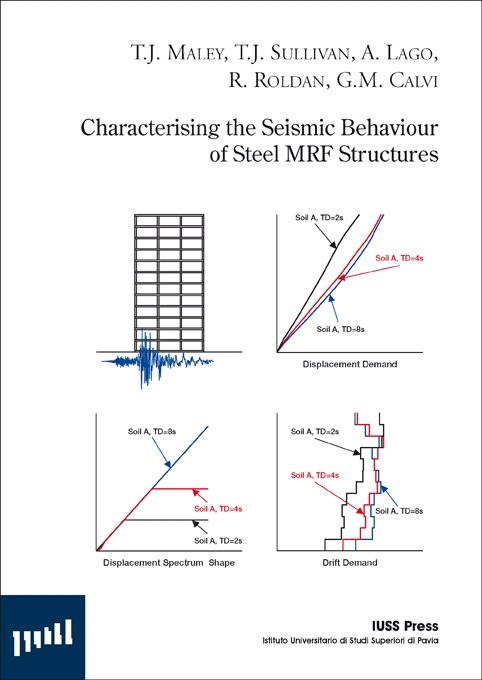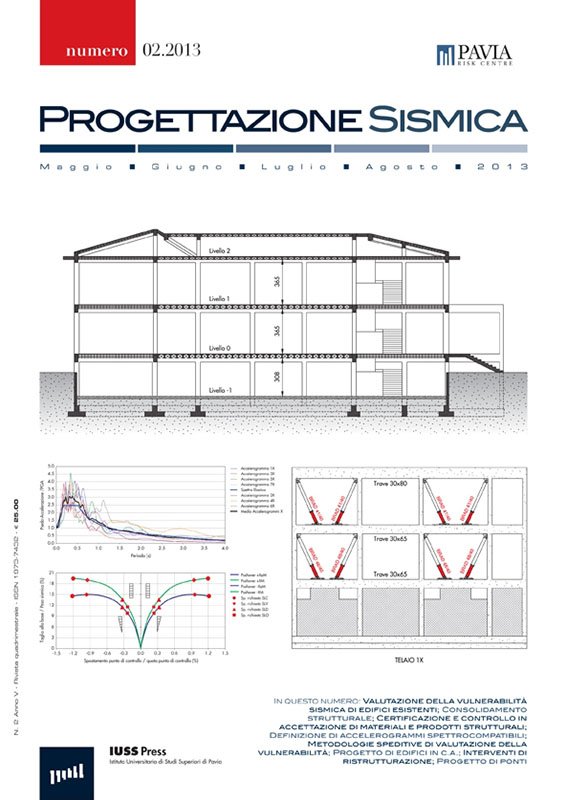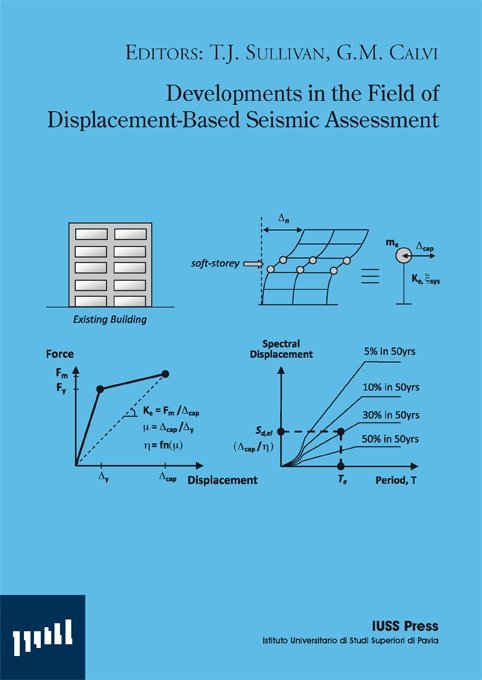Catalogue

Characterising the Seismic Behaviour of Steel MRF Structures
24/02/2013
Progettazione Sismica 2013 n.2
01/05/2013Developments in the Field of Displacement-Based Seismic Assessment
Original price was: € 25,00.€ 21,25Current price is: € 21,25.
T.J. Sullivan, G.M. Calvi
Research Report Rose 2013/01
ISBN: 978-88-6198-090-7
Traditional seismic assessment methods have tended to be force-based, relying on a simple comparison of estimated base shear capacity and base shear demand specified by a code.
Out of stock
Traditional seismic assessment methods have tended to be force-based, relying on a simple comparison of estimated base shear capacity and base shear demand specified by a code. However, the demand parameter that best correlates to the damage in a structure tends to be the deformation demand, which, for the purposes of a simplified assessment procedure can be related to a system displacement demand. This observation has provided motivation for the development of displacement-based seismic assessment (DBA) and design (DBD) procedures. The Direct DBD method has been well developed, principally by Priestley and his co-workers. However, the DBA approach first proposed by Priestley in 1997 has not undergone significant developments and given the potential it offers, development of the DBA approach has been a focus within a recent Italian National Research project known as the RELUIS project.
The 2010-2013 RELUIS project (www.reluis.it) refers to a research initiative of the Laboratories University Network of seismic engineering (ReLUIS), founded in 2003, as an inter-university consortium with the purpose of coordinating and funding University Laboratories in Italy that are active in the field of seismic engineering. The aim of this report is to present the developments that have been made to the DBA methodology in one research line
(AT1 Line 2) of the RELUIS project. The report starts by examining possible improvements to the general DBA procedure and then proceeds to present DBA guidelines for different structural typologies, including reinforced concrete, masonry, timber, and steel buildings. In addition, simplified means of assessing earth retaining structures are examined and guidelines are presented for the DBA of bridges, including consideration of soil-structure interaction effects. The last part of the report provides guidelines for ground motion record selection that are likely to be particularly useful for engineers interested in undertaking advanced analyses for seismic assessment. Overall, the report signifies an important development of the state-of-the-art for displacement-based assessment that should prove invaluable for the assessment of seismic vulnerability of structures in Italy and around the world.
| Weight | 0,650 kg |
|---|---|
| Dimensions | 17,0 × 24,0 cm |

